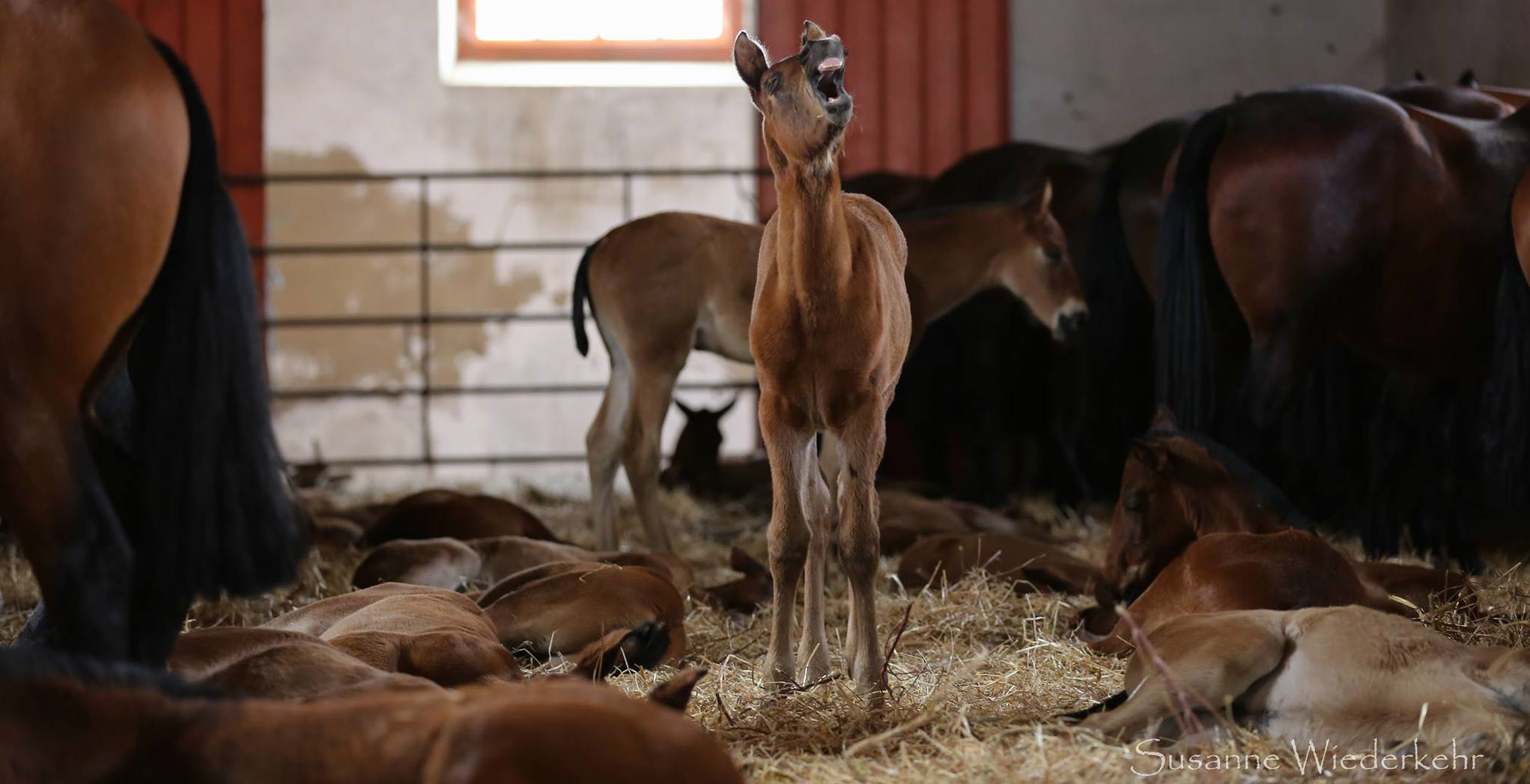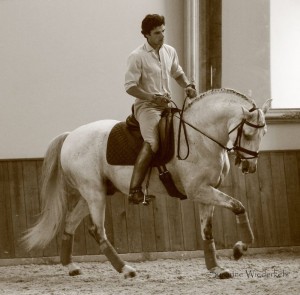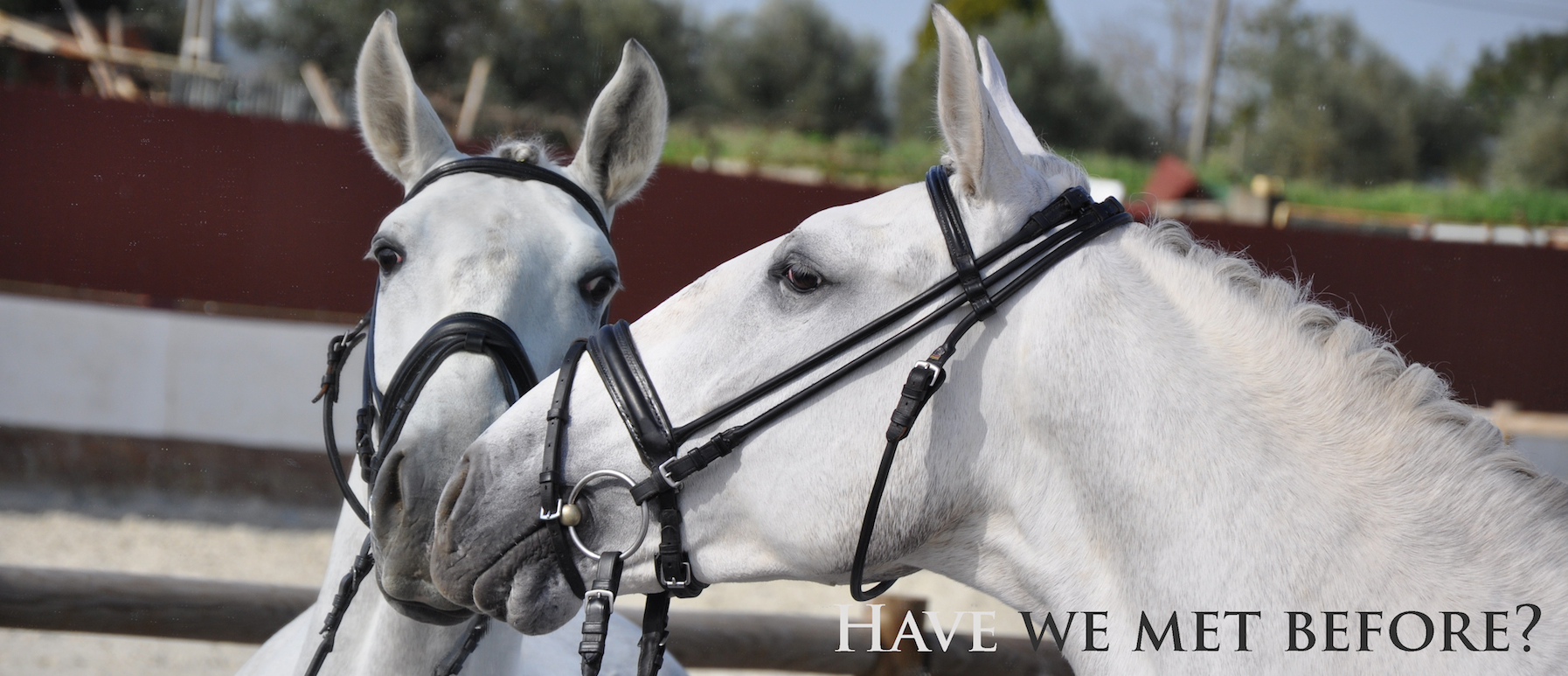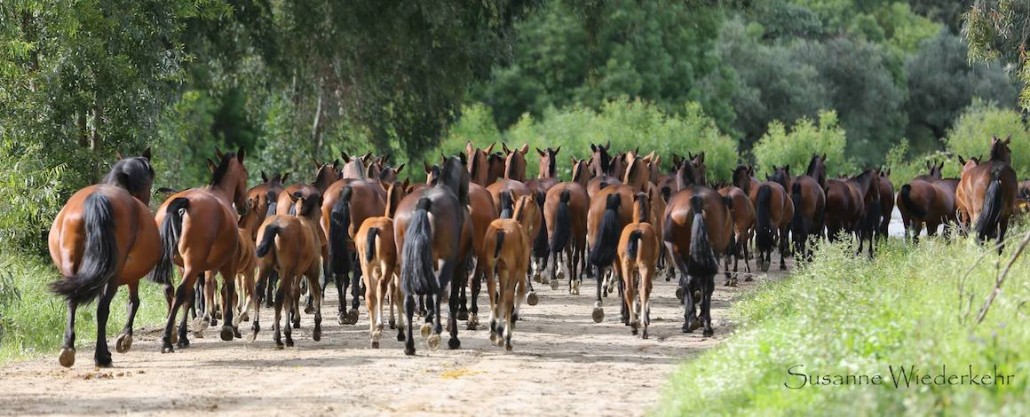The Foundation Lusitano Studs – Coudelarias
The Importance and History of the Bloodlines
The Lusitano horse is native to Portugal in fact originally Lusitania, and was originally then the same breed as the Spanish – Pura Raca Espanola. These iberian breeds roamed wild over rolling hilly, rocky landscapes are at the root of the early classical principles. Their nobility, intelligence and appearance made them the chosen mount of chose the ancient Greeks and the Romans. Being compact, athletic horses they were trained for battle, thus demonstrated their aptitude for high school movements, agility to perform on the battle field also their reliability along with a true commitment to their rider.
Lusitano Breed Qualities
The breed is internationally renowned for its willingness, nobility and bravery, majestic horses with a very high level of intelligence, making them an extremely trainable partner. This trainable attitude combined with their noble appearance has meant that they have been a status symbol for their riders, for many hundreds of years indeed have been in the past the chosen horses of Royalty. They are well known for their performance in many disciplines, especially in dressage, equitation and classical horsemanship and bull fighting.
The Lusitano’s generous temperament and ride-ability make it an attractive prospect for amateur and professional riders alike. Nowadays they are making significant impact in International Dressage Competition, International Carriage Driving Competition and are leaders in Working Equitation.
The Blue Book – Stud Book
The Portuguese stud book, recognises six foundation horses, of which where five stallions and one mare, these horses are known as the “heads of lineage”. These horses are the foundation bloodlines, of the four main Portuguese studs.
Which are: Andrade, Veiga, Alter Real and Coudelaria Nacional -Portuguese National Stud. Each bloodline meets the specific breed standards, but their individual characteristics differ from each other.
The six foundation horses are:
- Agareno, a 1931 Veiga stallion, out of Bagocha, by Lidador
Primorosa, a 1927 Dominquez Hermanos stallion, out of Primorosa II, by Presumido
Destinado, a 1930 Dominquez Hermanos stallion, out of Destinada, by Alegre II
Marialva II, a 1930 Antonio Fontes Pereira de Melo stallion, out of Campina, by Marialva
Regedor, a 1923 Alter Real stallion, out of Gavina, by Gavioto
Hucharia, a 1943 Coudelaria Nacional mare, out of Viscaina, by Cartujano
 Alter Real (AR)
Alter Real (AR)
The Alter Real stud, was founded in 1748 by King D João V. Today the stud is located in Alter do Chão, in the heart of the Portalegre countryside.
Originally called Alter do Chão, its name was later changed to Alter Real. The stud’s foundation horses, were brought over from Spain, in the early 18th century, consisting of three hundred mares, of the very best bloodlines and quality. Between 1809 and 1810, the breed was threatened during the Napoleonic invasions, when the French troops stole the best examples of the breed.
 Alter Real, breed the famous bay horses used in the Portuguese School of Equestrian Art. A typical Alter Real horse, is very baroque, looking almost the same as they did in the 18th century. They are very compact, round horses, with high knee action and willingness to learn, making them the ideal horse, for the Portuguese School of Equestrian Art.
Alter Real, breed the famous bay horses used in the Portuguese School of Equestrian Art. A typical Alter Real horse, is very baroque, looking almost the same as they did in the 18th century. They are very compact, round horses, with high knee action and willingness to learn, making them the ideal horse, for the Portuguese School of Equestrian Art.
Today, the Alter Real Stud, is controlled by the Portuguese Ministry of Agriculture.
Many Alter Horses are very successful in competing Internationally in dressage such as –
Guizo who won a silver medal in the Athens Olympics in 1973 for Spain and more recently Rubi with Goncalo for Portugal competed at the Olympics in London.
 Veiga (MV)
Veiga (MV)
 The Veiga stud, was founded over 180 years ago by Rafael José da Cunha, in Quinta da Broa, Azinhaga do Ribatejo, where the stud still breeds horses today.
The Veiga stud, was founded over 180 years ago by Rafael José da Cunha, in Quinta da Broa, Azinhaga do Ribatejo, where the stud still breeds horses today.
Two of the studs foundation horses, were two Alter Real stallions, offered to them by King Ferdinand II. The stud was inherited by Manuel Veiga Tavares, a great grand nephew of José Rafael da Cunha. After the death of Manuel Tavares Veiga, his grandsons Carlos and Manuel Veiga Tavares and Manuel’s grandson, Manuel Veiga Tavares de Castro, continued to breed horses at the stud, keeping the family tradition.
Today, the Stud still strive for excellence, aiming for the best selection of mares, based on the type, the bloodlines, the quality of the offspring and their functionality and characteristics.
Veiga horses are known to be very brave, sensitive, agile, and quick, better suited for bullfighting, which they were originally bred for.
These horses also compete in Dressage and Working Equitation, at international level.
Manuel Veiga Junior competed in the 2014 World Equestrian Games in Caen France.
 Coudelaria D’Andrade (SA/RA)
Coudelaria D’Andrade (SA/RA)
Founded in 1894 by Dr. Ruy d’Andrade, with mares from the Spanish breeders, Guerrero Hermanos, D. Vicente Romero y Garcia and D. António Perez Tinao. Stallions of the same bloodlines and origin where also used, which were Rumboso (Guerrero Hermanos), Arriero (Camino Hermanos), Bergantin (Eduardo Miura), Cartujano and Saltador (D. António Perez Tinao), Novelero (Pallares Moreno) and Principe VIII (D. Francisco Chica Navarro).
This stud has won more Breeding Championships, (since the end of last century to the present day) than any other Stud. In 1970 and 1972, the Stud was the Iberian Champion, as well as many other honorable winnings, from other years.
Andrade horses were originally bred for bullfighting,
today, they also excel in dressage and working equitation. The Andrade horses are known for their presence, movements and temperament. After Ruy d’Andrade’s death in 1967, Fernando Sommer d’Andrade, inherited the stud and continued to produce excellent results. Now, the stud and bloodlines are split into three other studs, owned by his children. Today, the other studs occupy land in Coruche (Emilia D´Andrade Oliveira e Sousa), Elvas (Coudelaria D´Andrade) and Torres Vedras (Vilhena D´Andrade).
 Coudelaria Nacional (CN)
Coudelaria Nacional (CN)
The stud was founded in the 19th century and is today, part of the formation with Coudelaria Alter Real and the Portuguese Riding School. Coudelaria Nacional, is located at Quinta da Fonte Boa, which lies on the fertile banks of the river Tagus, in the Santarém valley. Coudelaria Nacional, together with the Alter Real Stud and the Portuguese School of Equestrian Art, create the Alter Real Foundation. The stud was named Coudelaria Nacional do Sul when it was founded in 1887. In 1890, the stud changed its name to Coudelaria Nacional do Norte, due to legal implications, which was then located at Quinta Bemcanta, in Coimbra. The stud used two ‘Heads of Lineage’ stallions from the Dominques Hermanos line, called Primrosa and Destinado.
Coudelaria Nacional horses are typically bigger, rounder horses that are longer in the back, making them very suitable for carriage driving and dressage.






